In 2025, the world power of nations is defined by military strength, economic capacity, technological growth, global influence, and the ability to shape international policy. This article explores the top 10 countries that lead on the world stage, not just because of their size or strength, but also due to their contributions to the global system. Each section covers the country’s population, military, economy, technology, and historical context.
1. United States of America
Capital: Washington, D.C.
Largest City: New York City
Population: Approximately 340 million (2025 est.)
Official Language: English
Currency: United States Dollar (USD)
Government: Federal constitutional republic
President (2025): Joe Biden (subject to change after elections)
Population: 339 milli
Area: 9.83 million km²
GDP: ~$27 trillion
Military Budget: $850+ billion
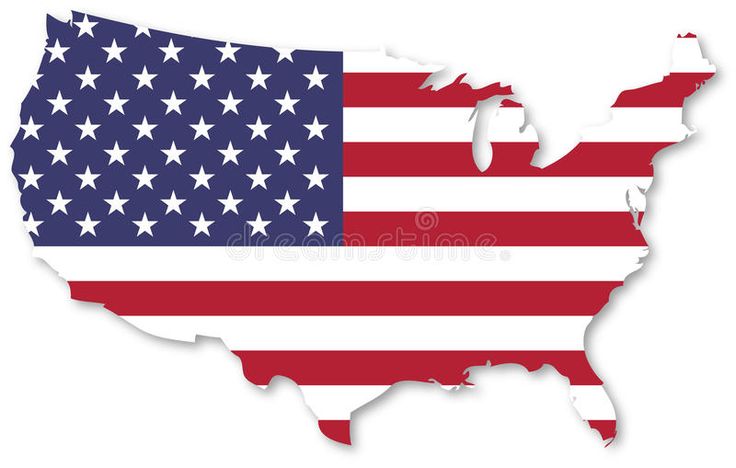
Economic Power
The United States has the largest economy in the world, with a GDP of $27 trillion. It leads in sectors like technology, finance, entertainment, and defense. The country hosts major tech companies such as Apple, Amazon, Google, and Microsoft. The stock market, focused on Wall Street, has a significant impact on global markets, and the U.S. dollar is the leading reserve currency. The nation’s innovation centers, mainly in Silicon Valley, keep it at the forefront of high-tech industries like AI, cybersecurity, and biotechnology.
Military Strength
The U.S. military budget is the largest globally, exceeding $850 billion each year. The U.S. Armed Forces are stationed in over 70 countries, with more than 800 military bases worldwide. With 1.3 million active-duty members, it boasts the most advanced military technology, including nuclear weapons, aircraft carriers, and stealth bombers. The U.S. is also a leader in space exploration and cybersecurity.

Cultural Influence
The U.S. has unmatched cultural sway. Hollywood films and global pop stars shape entertainment worldwide. American social media platforms like Facebook, Instagram, and Twitter dominate communication, and brands like Coca-Cola and Nike are recognized around the globe.
2. China
Population: 1.41 billion
Area: 9.6 million km²
GDP: ~$20 trillion
Military Budget: $290+ billion
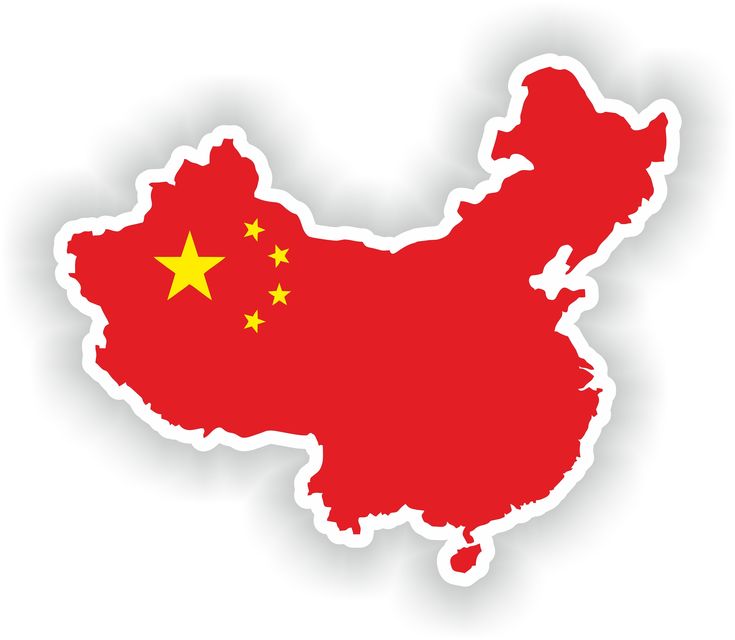
Economic Power
China has the second-largest economy, with a GDP of $20 trillion. It is the world’s top manufacturing hub and biggest trading nation, with extensive connections to nearly all countries. The Belt and Road Initiative (BRI) is a key investment aimed at expanding economic reach through global infrastructure. China’s e-commerce sector, led by Alibaba and Tencent, positions it as a leader in the digital economy. The country has also advanced in green energy technologies like solar power and electric vehicles.
Military Strength
China has the world’s largest standing army, with over 2 million active members. It is rapidly upgrading its military with cutting-edge technology, including advanced missiles and fighter jets. China invests significantly in nuclear weapons, and its capabilities in cyber warfare and space defense have raised global concerns.
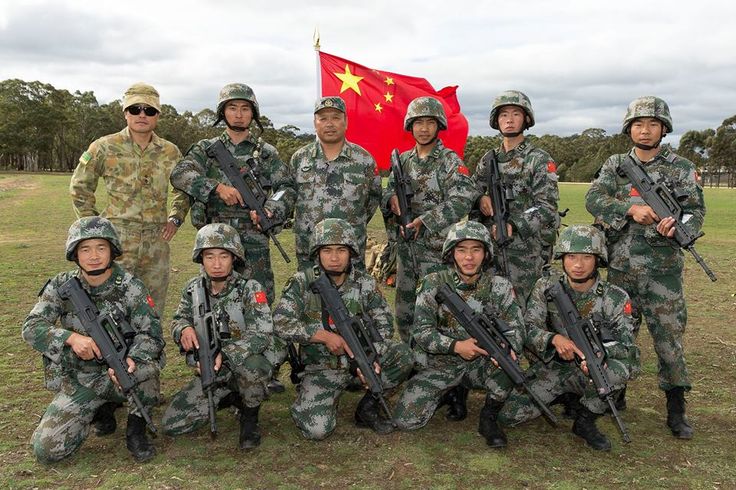
Global Influence
China plays a major role in international organizations like the United Nations, World Trade Organization, and BRICS (Brazil, Russia, India, China, South Africa). Its influence grows through the Belt and Road Initiative, which funds infrastructure projects across Asia, Africa, and Europe. As a permanent UN Security Council member, China has a crucial role in shaping global diplomacy.
3. Russia
Population: 146 million
Area: 17.1 million km²
GDP: ~$2.3 trillion
Military Budget: ~$90 billion

Economic and Natural Resources
Russia is significant on the global stage due to its abundant natural resources, especially oil and natural gas. As a leading producer, Russia can influence global energy markets. The country also exports minerals, metals, and nuclear technology. However, it faces economic challenges, including dependence on oil exports, international sanctions, and an aging population.
Military Power
Russia has one of the largest nuclear arsenals in the world. The military-industrial sector continues to innovate in hypersonic missiles, air defense systems, and cyber warfare. Its actions in Ukraine and support of Syrian President Bashar al-Assad show its military reach and willingness to assert control in global conflicts.
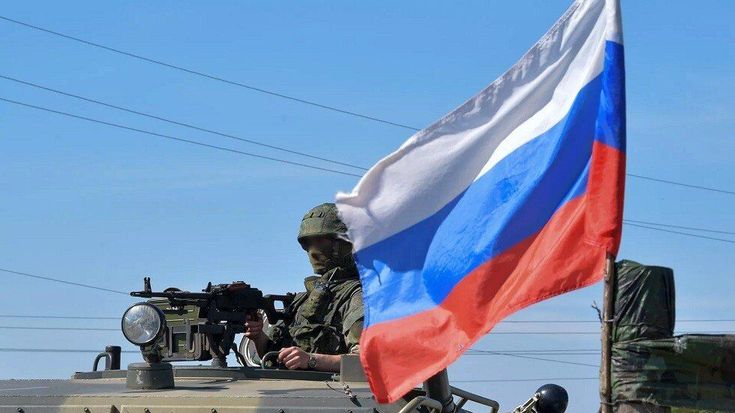
Geopolitical Influence
Russia has considerable influence in Eastern Europe, Central Asia, and the Middle East. Its moves in Crimea and Ukraine have strained ties with Western nations, while it maintains close relationships with countries like Syria, Iran, and Turkey. Russia’s involvement in cyber attacks and political meddling highlights its role in global geopolitical matters.
4. India
Population: 1.44 billion
Area: 3.28 million km²
GDP: ~$4.5 trillion
Military Budget: ~$75 billion
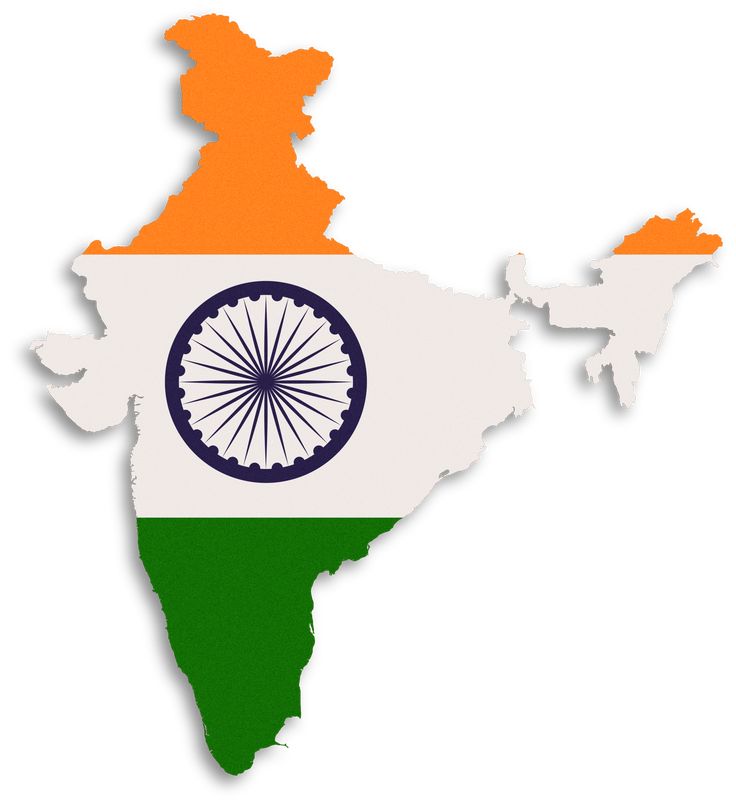
Economic Power
India has a fast-growing economy propelled by technology, services, and manufacturing. Its IT and outsourcing sectors, led by companies like Infosys and Tata Consultancy Services (TCS), are world-famous. The expanding middle class and digital economy improve its economic outlook. By 2025, it is expected to become the third-largest economy, surpassing Japan and Germany.
Military Power
India has a large and modern military, with a nuclear arsenal and the third-largest standing army. Investments are increasing in missile defense, fighter jets, and space technologies. Its strategic location in the Indian Ocean enhances its geopolitical position.
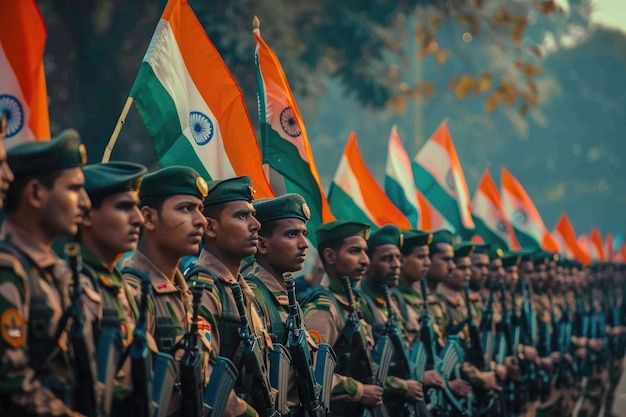
Global Influence
India’s status as a global democracy and membership in BRICS and Quad (with the U.S., Japan, and Australia) establish it as a key geopolitical player. Its foreign policy focuses on economic growth, regional security, and climate change. India’s growing presence in Africa, Asia, and the Middle East ensures it will play a significant role on the world stage in the years ahead.
5. United Kingdom
Population: 67 million
Area: 243,000 km²
GDP: ~$3.6 trillion
Military Budget: ~$70 billion

Economic Power
The UK remains an influential global financial hub, with London as one of the world’s leading cities in banking, finance, and trade. Despite Brexit challenges, the UK continues to be a key player in global commerce, especially in technology, pharmaceuticals, and creative sectors.
Military Power
The UK’s military is highly capable, with nuclear weapons, advanced naval forces, and special operations units. As a member of the UN Security Council and NATO, it exerts considerable military and diplomatic influence worldwide.
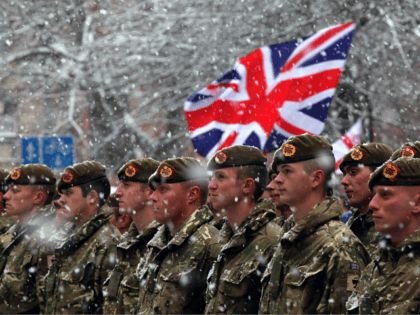
Cultural Influence
The UK’s cultural legacy significantly shapes the world. From notable literature such as Shakespeare and Dickens to music icons like The Beatles and Adele, British culture has a lasting global impact. Its role in the Commonwealth also strengthens its influence over former colonies and beyond.
6. Germany
Population: 84 million
Area: 357,000 km²
GDP: ~$4.7 trillion
Military Budget: ~$80 billion
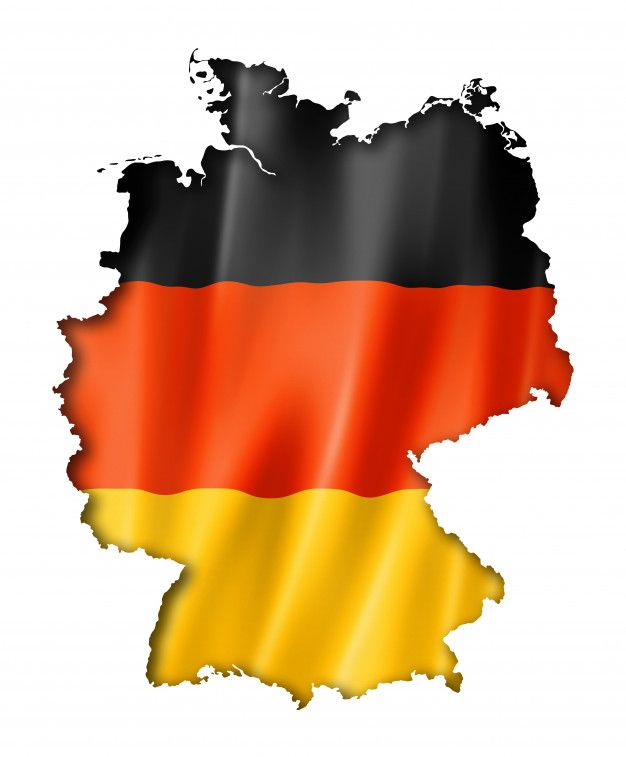
Economic Power
Germany is the largest economy in Europe and the fourth-largest worldwide. Known for industrial excellence, it houses global automotive leaders like Volkswagen, BMW, and Mercedes-Benz. The nation is also strong in engineering, machinery, pharmaceuticals, and renewable energy. Germany’s manufacturing sector, celebrated for precision engineering, plays a crucial role in global trade, and its export-heavy economy is vital to the EU’s strength. Frankfurt is a leading financial center globally.
Military Strength

Germany’s military ranks among the most advanced in Europe, with well-equipped armored units and air defense systems. Even though it is smaller than the military forces of other nations, it plays an important role in NATO’s strategic military leadership as a nuclear power, enhancing European security.
Cultural Influence
Germany has a rich cultural history, featuring notable composers like Beethoven and Bach and influential philosophers such as Kant and Nietzsche. Its contributions to art, philosophy, and literature are profound. Germany also has a vibrant film industry and is recognized for producing impactful cinematic works. German beer and festivals like Oktoberfest enhance the nation’s cultural identity, which is celebrated globally.
7. France
Population: 67 million
Area: 551,000 km²
GDP: ~$3.5 trillion
Military Budget: ~$55 billion
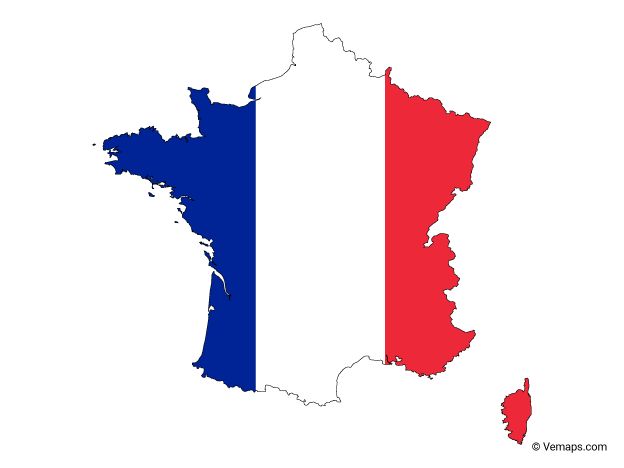
Economic Power
France ranks among the world’s largest economies, with strong sectors in luxury goods, aerospace, automotive, and energy. Iconic brands such as Louis Vuitton, Chanel, and Hermès lead the luxury market and significantly contribute to the economy. France is also home to Airbus, the world’s second-largest aerospace manufacturer. The country excels in nuclear energy, providing much of its electricity through nuclear power. Agriculture, especially wine production, is another essential part of its economy.
Military Strength
France has a formidable military, equipped with nuclear weapons, and maintains a well-trained army, navy, and air force. As a permanent member of the UN Security Council and a founding NATO member, France plays a crucial role in global defense and peacekeeping. Its military is active in international operations and peacekeeping in Africa, the Middle East, and beyond.
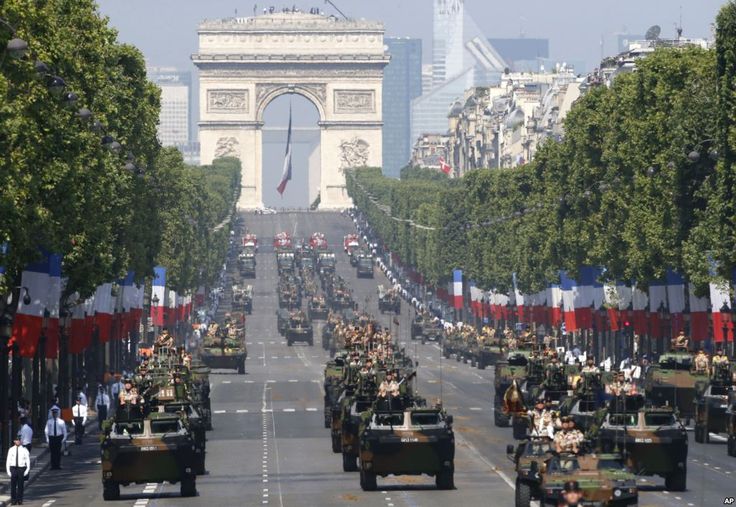
Cultural Influence
France is recognized as a global cultural leader. Its fashion industry, art, film, and literature have worldwide effects. Paris stands out as a fashion capital, and the country’s impact on cinema, with directors like François Truffaut and Jean-Luc Godard, is legendary. French cuisine and wine have global significance, and the French language is spoken widely across continents, particularly in Africa.
8. Japan
Population: 123 million
Area: 377,000 km²
GDP: ~$5.2 trillion
Military Budget: ~$55 billion
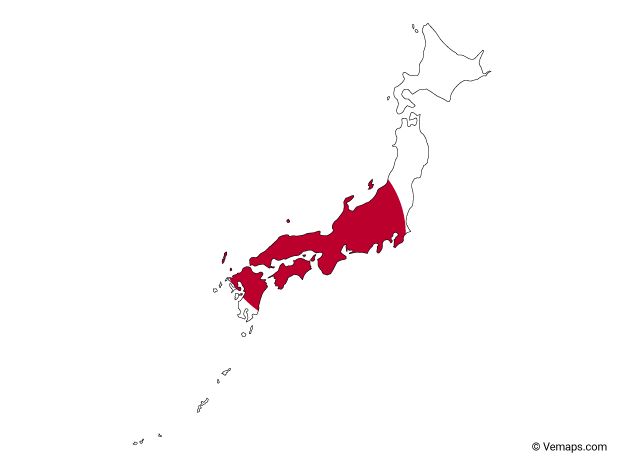
Economic Power
Japan is known for its technological innovation and ranks as the third-largest economy by nominal GDP. The country is famous for electronics (Sony, Panasonic, Toshiba) and automotive manufacturers (Toyota, Honda, Nissan). Japan leads in robotics, electronics, and automated manufacturing. The export economy is focused on high-tech products, vehicles, and machinery. Despite an aging population, Japan continues to innovate in AI, 5G technology, and space exploration.
Military Strength
Japan’s military is limited by its post-WWII pacifist constitution, but its Self-Defense Force (SDF) is highly capable and well-equipped. The country invests heavily in missile defense, advanced aerial combat, and naval strength. Japan is also a critical ally to the United States in Asia, playing an important role in regional security in the Asia-Pacific.

Cultural Influence
Japan’s cultural impact is wide-reaching and continues to grow. Anime and manga have gained significant popularity, while traditional art and architecture influence global design. Japanese cuisine, particularly sushi and ramen, has become a global culinary favorite. Japan also leads in pop culture with J-pop and cutting-edge video game technology, with companies like Nintendo, Sony, and SEGA shaping the entertainment sector.
9. Saudi Arabia
Population: 37 million
Area: 2.15 million km²
GDP: ~$1.3 trillion
Military Budget: ~$85 billion
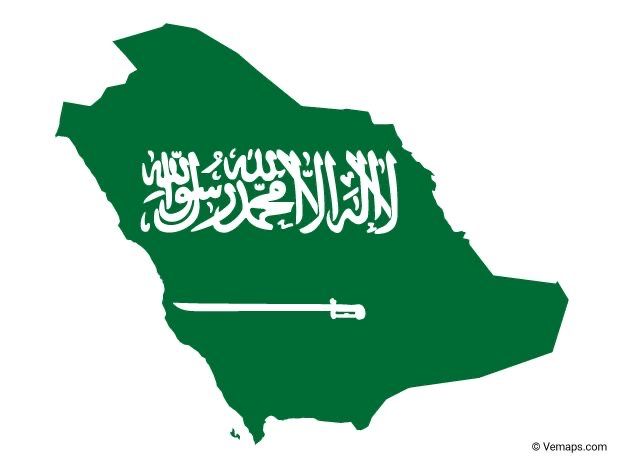
Economic Power
Saudi Arabia’s economy heavily relies on oil, making it the top oil exporter worldwide. Its oil reserves give it substantial influence over global energy markets. However, under Vision 2030, it is attempting to diversify its economy by investing in technology, tourism, entertainment, and renewable energy. The NEOM project, a futuristic city in the desert, is a significant effort for economic change.
Military Strength
Saudi Arabia invests considerably in its military, with an annual budget of about $85 billion. It has a strong air force, advanced missile defense systems, and deterrent capabilities, although it does not publicly maintain nuclear weapons. Its role in regional politics, particularly in the Middle East, is vital.
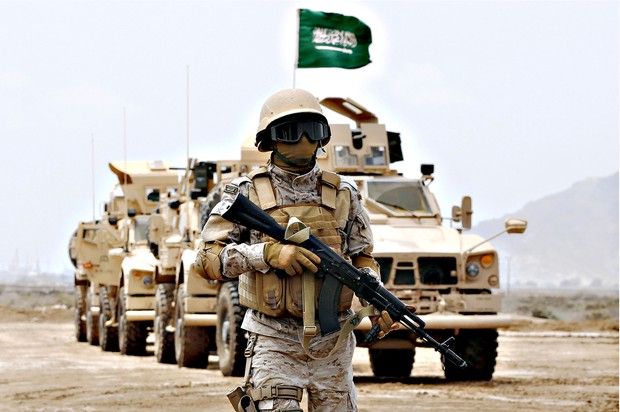
Cultural Influence
Saudi Arabia’s cultural significance is tied to its status as the guardian of Islam’s sacred sites in Mecca and Medina. As the birthplace of Islam, it plays a crucial role in the Islamic world. The country is investing in cultural tourism through initiatives like Qiddiya and aims to create cultural centers in the region. Its influence in the Arab world and the global Islamic community continues to grow, along with its investments in international sports and entertainment.
10. South Korea
Population: 52 million
Area: 100,000 km²
GDP: ~$2.1 trillion
Military Budget: ~$45 billion
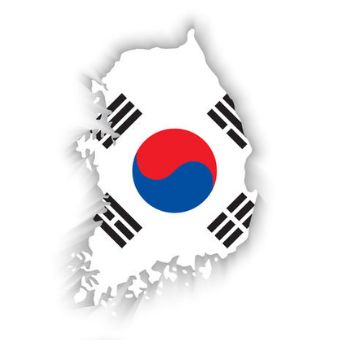
Economic Power
South Korea has quickly become one of the world’s leading economies. This growth comes from its technology, automotive, and shipbuilding sectors. Companies like Samsung, LG, and Hyundai lead in the global market. South Korea excels in semiconductors, smartphones, and consumer electronics, with Samsung ranking as one of the top global brands. The country emphasizes high-tech innovation and is advancing rapidly in AI and cybersecurity. This makes it a key player in the digital economy.
Military Strength
South Korea has a highly advanced military, especially in air defense and naval capabilities. Its location near North Korea demands a strong defense. The alliance with the United States boosts its military abilities and offers a vital security blanket against North Korea’s nuclear threats.
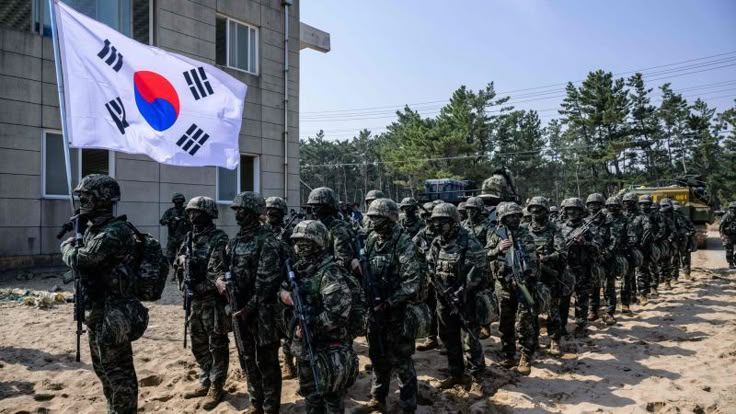
Cultural Influence
South Korea’s cultural impact has surged worldwide, mainly due to the K-pop phenomenon. Groups like BTS and Blackpink have brought Korean music and culture into the limelight. The country is also recognized for its film and television industry, with movies like Parasite earning international awards. Korean food, such as kimchi and bibimbap, has gained global popularity. South Korea continues to have a major influence on world pop culture and entertainment.
Conclusion:
In 2025, these Top 10 countries will keep shaping the global landscape with their economic power, military strength, and cultural influence. As global dynamics change, these nations will be crucial in tackling challenges like climate change, geopolitical tensions, and technological growth. Their power reflects their rich histories, forward-thinking strategies, and important roles in the international community.